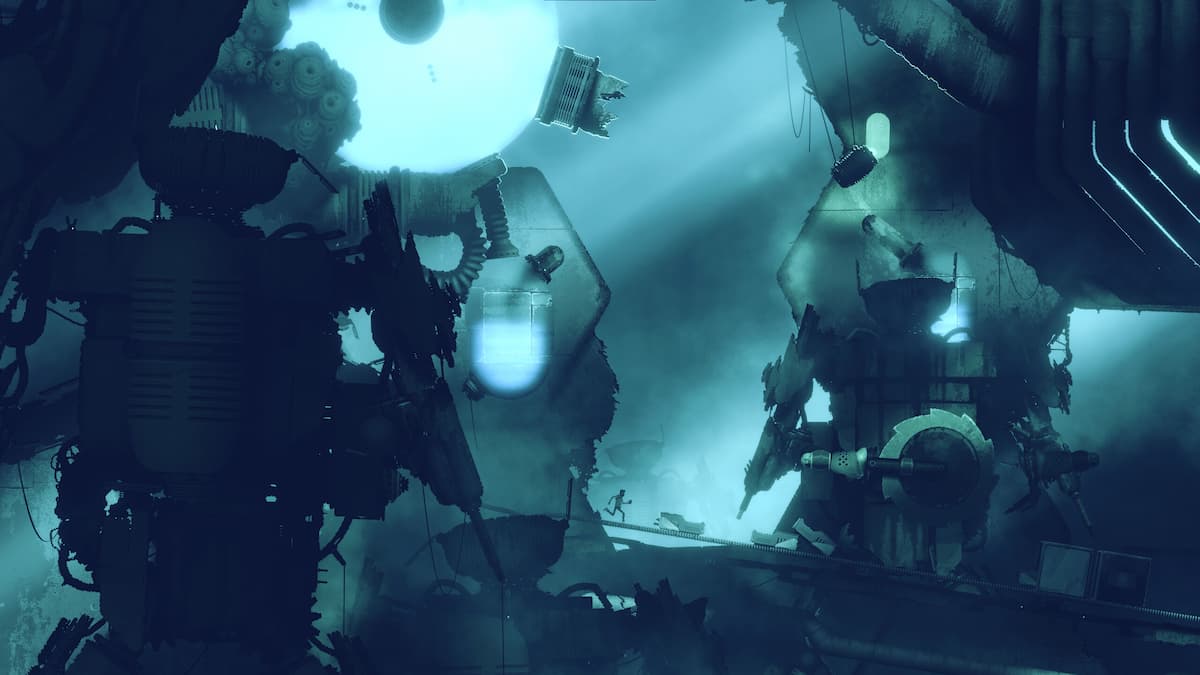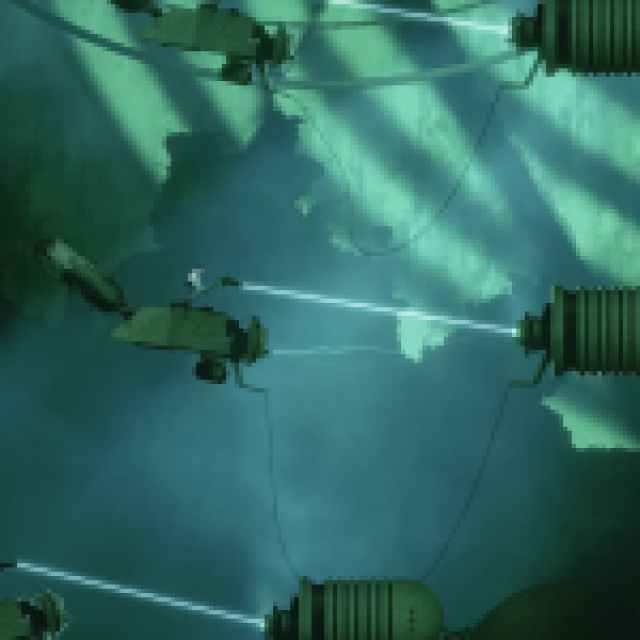Bionic Bay Swaps Crates and Ropes for Fluid Platforming
I'm in.

Tell me if you haven’t heard this one before: A small character is lost in a scary world, their planet is being taken over by aliens, or nightmares from beyond lurk in the shadows. Most of their interaction with the world involves pushing crates, climbing ropes, and hiding from enemies.
Sound familiar? I’m sure you can think of several games from the past few years that, despite a fresh coat of paint, follow the same design philosophy, Crates and Ropes.
The success of Playdead’s Limbo and INSIDE played a big role in the resurgence of what I like to call the ‘2D Cinematic Platformer’ genre. But at this point, many of these games are starting to feel the same. Thankfully, while Bionic Bay wears its inspirations on its sleeve, it ditches the crates, ropes, and giant robot eyes in favor of fluid and inventive platforming.
Following in the footsteps of Half-Life and Dead Space, the main character in Bionic Bay is a scientist, with a dashing pixel-art beard, I might add. Some big experiment goes wrong, and suddenly you’re teleported to an esoteric world where you’re a tiny bug jumping around through navigating monolithic machinery, massive furnaces, and vast sci-fi landscapes. In other words, just another uneventful Monday.


The opening gave me pause. Our character moved with the speed of an infant, and I was already convinced this was another one of those games. That quickly changed when he was struck by a beam of light, granting him the ability to not only run like a maniac but also leap and jump with incredible momentum. Almost immediately, I felt the forward inertia propelling me between platforms, making the world feel dynamic and tightly designed around this newfound speed.


Then came the second ability, and I almost felt like this game was designed to validate my annoyance with Crates and Ropes. Why? Instead of tediously pushing objects around, Bionic Bay lets you teleport crates and other large objects, turning them into tools for creative platforming puzzles. The pacing is great, the controls are tight, and everything feels deliberate.
I’m not going to spoil the other powers, but our platforming kit keeps evolving throughout the preview levels, and I’m very interested to see how far the developers will take it. The backgrounds are gorgeous, it’s like Zdzisław Beksiński and H.R. Giger collaborated on a video game after a surreal, otherworldly date. Seriously, the backgrounds are awe-inspiring and make great use of space to reflect the massive scale of these structures. If you’re playing this on a big screen, it’s hard to take your eyes off of it.
Oh, and there’s a multiplayer mode. I can only imagine the shared chaos that will unleash. If you’re interested in trying out the game for yourself, the demo is still available on Steam.
Bionic Bay never wasted a second of my time, and I can’t wait to play the full game. Psychoflow Studio and Mureena Oy have something special on their hands, and I just hope the final release keeps up the momentum.
Bionic Bay is coming to PC, Xbox Series S|X, and PS5 on April 17, 2025.
